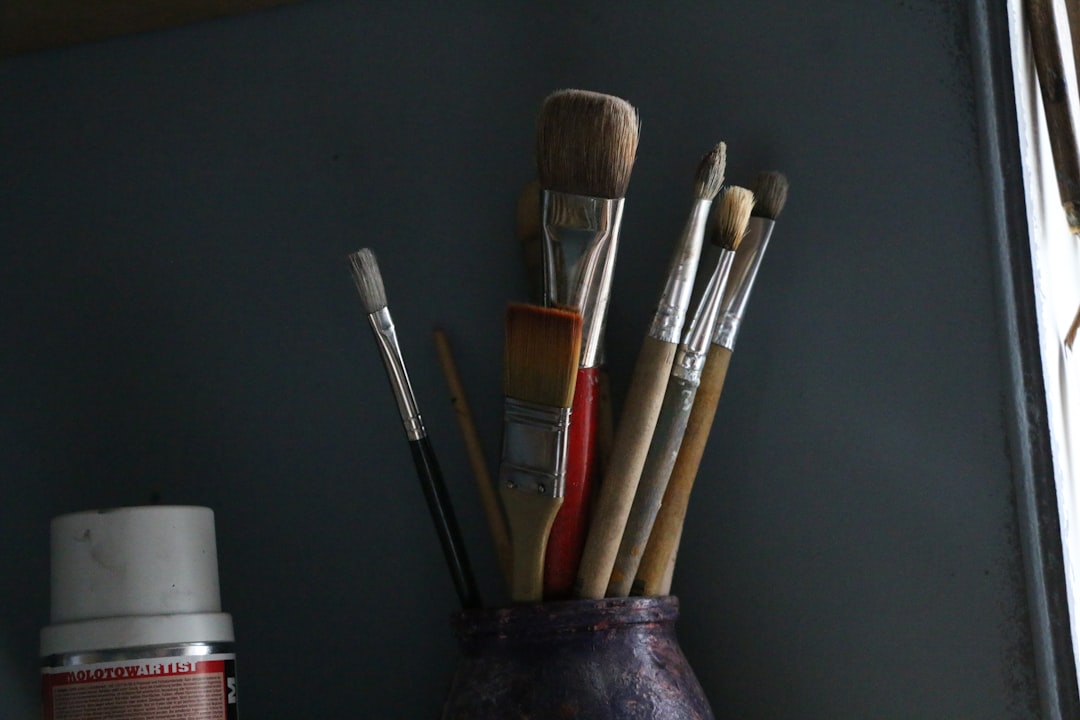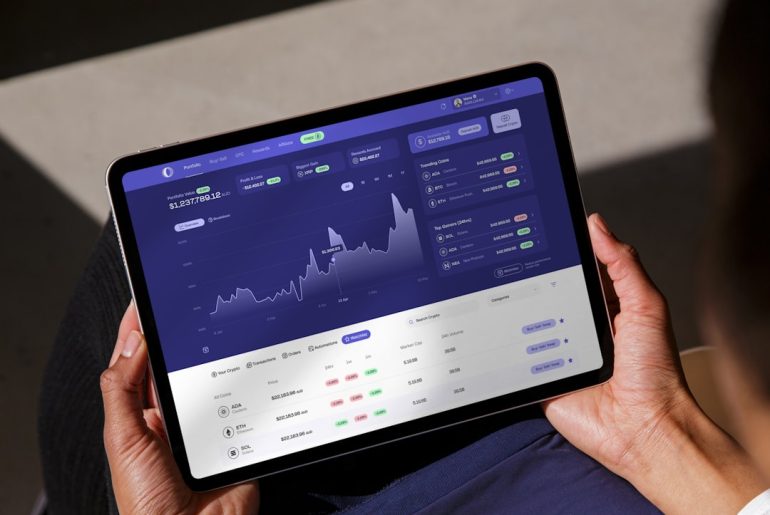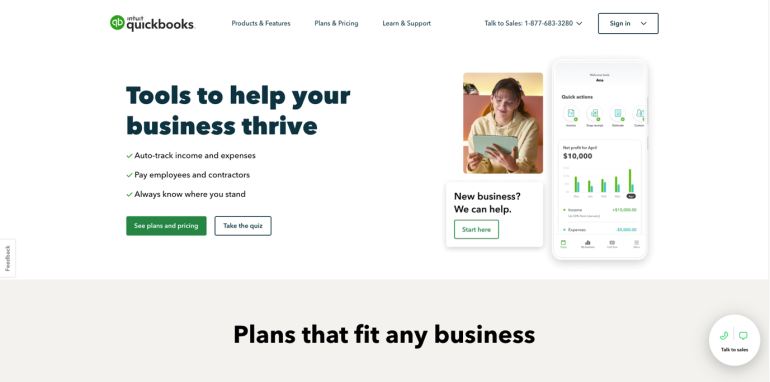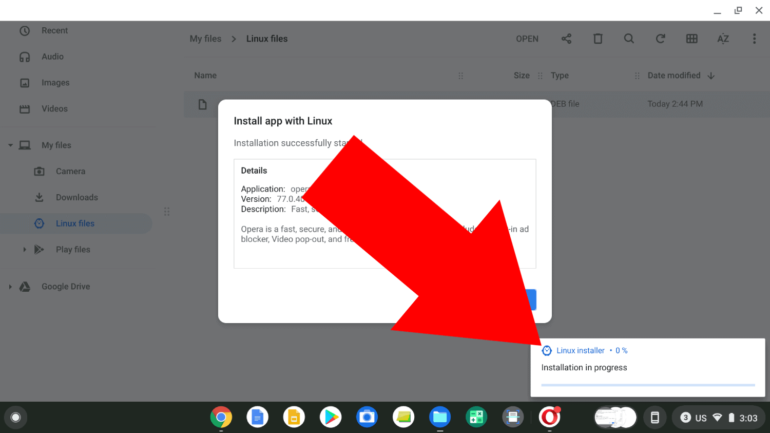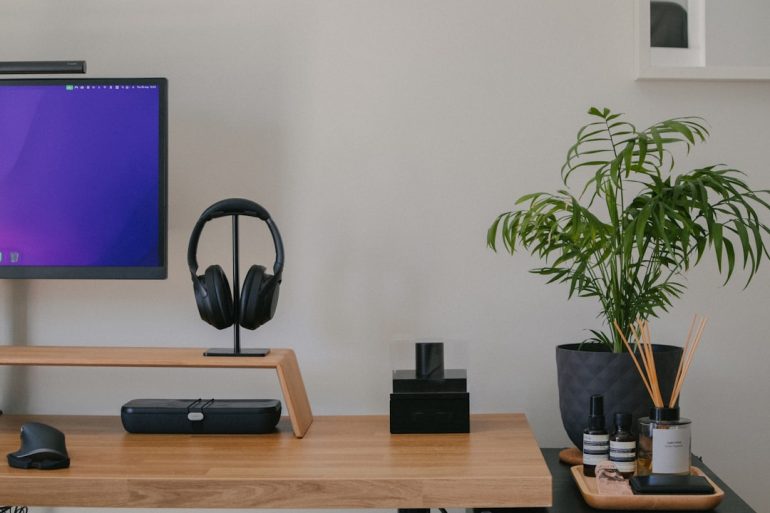How Well Can ChatGPT Read Images? A Deep Dive into Its Visual Recognition Features
Artificial intelligence has made massive strides in natural language processing, but recent breakthroughs have expanded its capabilities far beyond just text. One major leap forward is the integration of visual recognition features into models like ChatGPT. With the release of GPT-4, ChatGPT gained the ability to read, interpret, and analyze images — merging both textual and visual understanding in what’s considered a major step toward more versatile AI applications.
How Does ChatGPT Process Images?
Table of Contents
The version of ChatGPT that includes image recognition operates through what’s known as a multimodal model — specifically, GPT-4 with vision. This model combines text and image inputs into a single framework. Essentially, this allows the AI to “see” an image, analyze its content, and make intelligent observations just as it might with a piece of text.
When an image is input into ChatGPT, the model processes it using advanced computer vision algorithms. It can:
- Identify objects and backgrounds
- Detect text within images
- Understand graphical data like charts and diagrams
- Analyze human-made content, such as screenshots, hand-drawn sketches, or even memes
While the system doesn’t match the human eye in nuanced perception, its capabilities are undeniably impressive. For instance, it can describe the elements within a photo, summarize comic strips, interpret labels on packaging, or even explain what’s happening in a complex illustration.
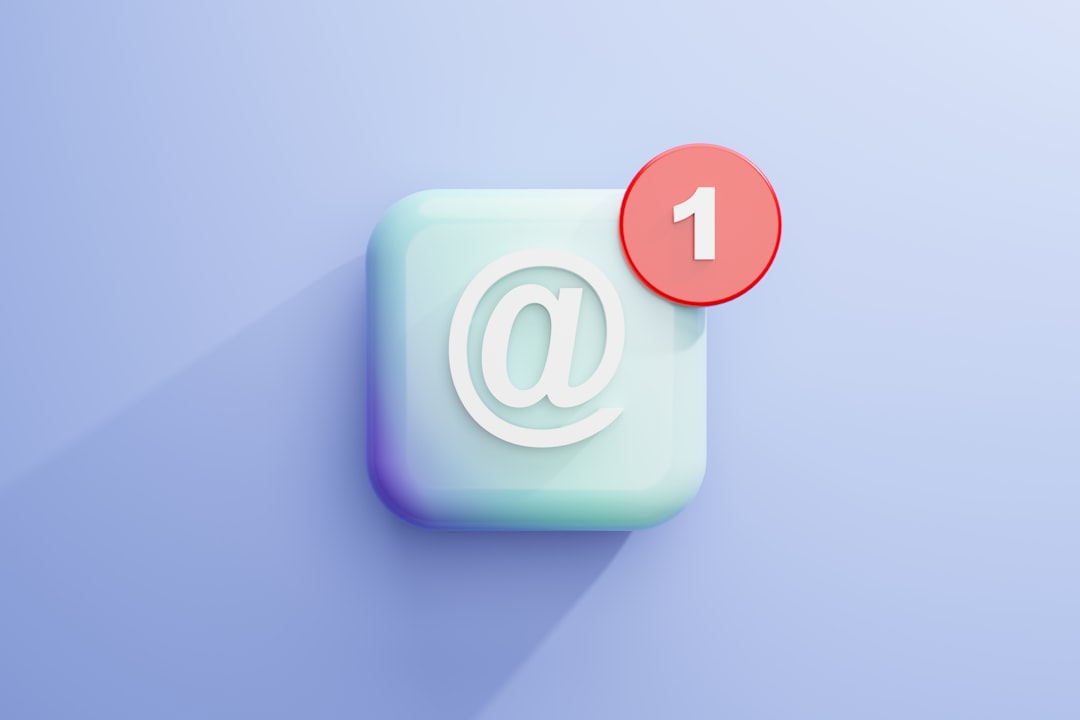
What Can ChatGPT Accurately Recognize?
ChatGPT can tackle a broad range of visual tasks, some more advanced than others. Here are a few areas where it shines:
Object and Scene Recognition
The model can identify common objects like animals, food, vehicles, and tools in a given image. It’s capable of understanding spatial relationships, such as one object being on top of another, or inside a room. This makes it remarkably effective for context-aware image interpretation.
Interpreting Text Within Images
Thanks to OCR (Optical Character Recognition), ChatGPT can read overlaid or embedded text such as signs, labels, or subtitles. This is especially useful for language learners or accessibility tools.
Understanding Graphs and Charts
You can feed the AI a bar chart or a pie graph, and it can describe trends, compare values, and even help you interpret the data. This is a boon in educational and business contexts.
Screenshots and UI Elements
ChatGPT is trained on structured layouts such as web pages, app interfaces, and digital dashboards. It can help diagnose a user interface issue or describe step-by-step settings from a screenshot.
Where It’s Still a Work in Progress
Despite all its strengths, there are areas where ChatGPT’s visual abilities are still evolving:
- Fine-grained details: It might misidentify objects with subtle differences, such as bird species or similar car models.
- Artistic Interpretation: The model can describe art pieces but may miss cultural or historical nuances.
- Minute Text or Blurry Images: When text is too small or the image quality is poor, its recognition can falter.
Also, ChatGPT with vision doesn’t generate images directly — that’s still in the domain of tools like DALL·E. Instead, its visual skills are focused on understanding existing images.

Everyday Use Cases
So, what does all this mean for practical applications? Here are a few real-world scenarios where ChatGPT’s image-reading abilities are making a difference:
- Education: Students can upload diagrams or math problems written on whiteboards and get help breaking them down.
- Accessibility: Visually impaired users can take photos and ask ChatGPT to describe the visual content in detail.
- Customer Support: Screenshots from malfunctioning apps can be interpreted to suggest specific fixes.
- Design Reviews: Graphics, mockups, and wireframes can be analyzed for layout, balance, and potential improvements.
Looking Ahead
As visual understanding becomes more sophisticated in AI models, the line between text processing and image recognition will continue to blur. ChatGPT’s image-reading capabilities hint at a future where you’ll be able to interact with AI using photos, videos, and diagrams just as naturally as with text.
Whether you’re troubleshooting an application interface or trying to understand a foreign language sign in a tourist photo, ChatGPT’s multimodal abilities bring us one step closer to truly conversational, context-aware artificial intelligence.

